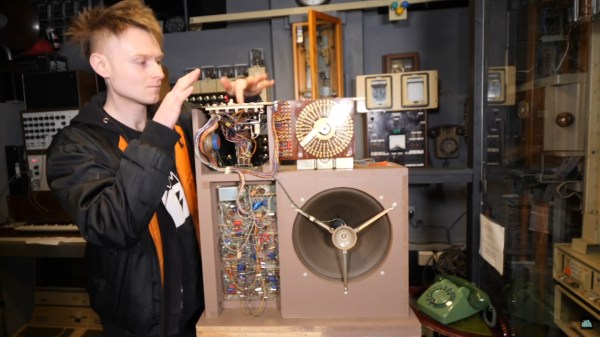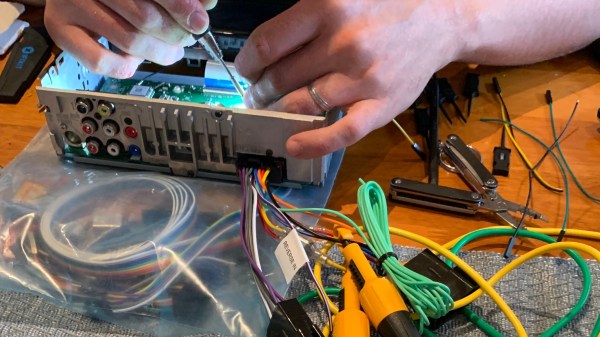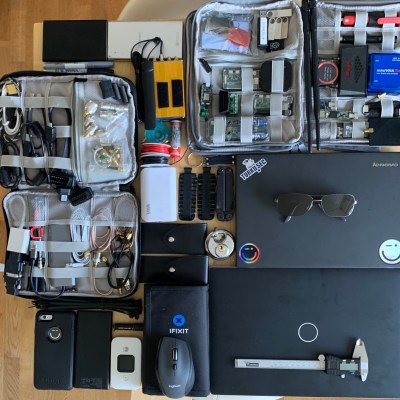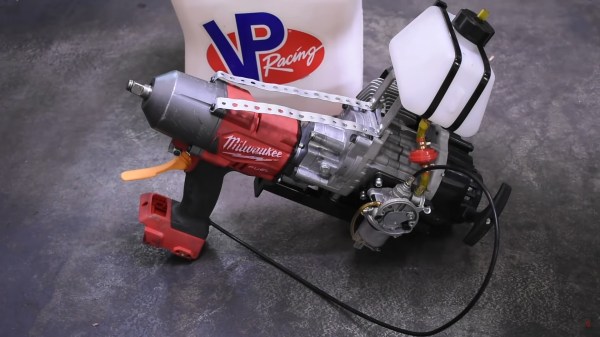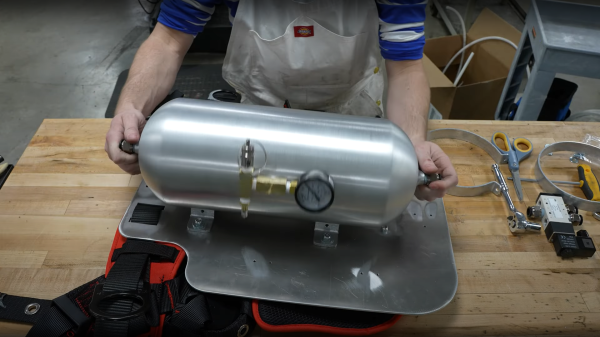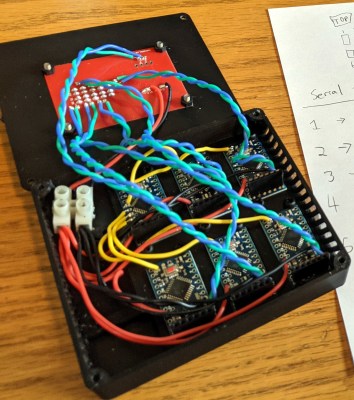Before you could just put a drum machine app on your phone, or fire up Garage Band, there were breakthroughs like the Roland 808 drum machine. But that’s not where it all started. In 1959 a company called Wurlitzer (known for things like juke boxes, pianos, and giant pipe organs) produced a new device that had musicians worried it would put drummers out of a job: The 1959 Wurlitzer Sideman. And in the video below the break, we have the joy of watching [LOOK MUM NO COMPUTER] open up, explain, and play one of these marvelous machines.

It’s noteworthy that in 1959, almost none of the advancements we take for granted had made it out of the laboratory. Transistors? Nope. Integrated Circuits? Definitely not. What does that leave us with? Vacuum tubes (Valves for those across the pond), resistors, capacitors, relays, and… motors? Yep. Motors.
The unit is artfully constructed, and we mean that quite literally- the build was clearly done with care and it is easy to see an early example of circuit sculpture around the 3 minute mark. Electromechanical mechanisms take on tasks that we’d probably use a 555 for these days, but for any of you working on mechanical projects, take note: Wurlitzer really knew what they were doing, and there are some excellent examples of mechanical and electrical engineering throughout this primordial beat box.
If you move to the beat of interesting drum machines, you might enjoy this Teensy based Open Source drum machine that you can build. No tubes required!
Continue reading “Antique Beat Box Showcases 1950’s Engineering Prowess”

